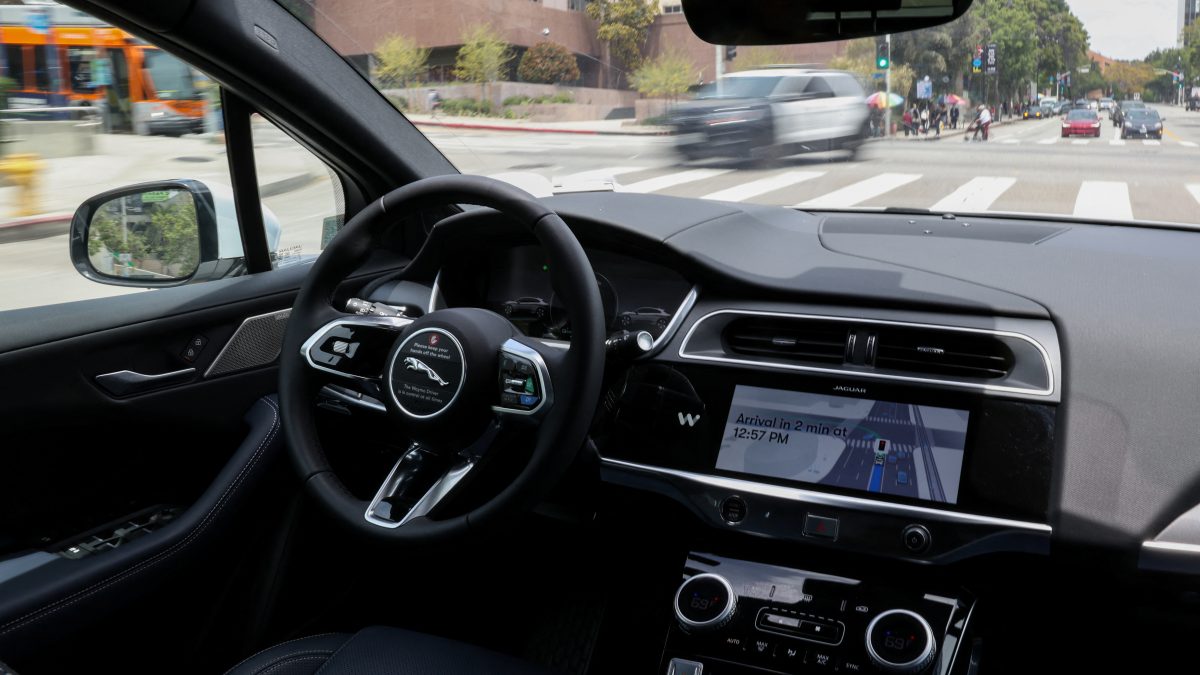India’s curbs and imposition of a licensing regime on the import of laptops and tablets back in August 2023 had sent alarm bells ringing in the United States. The anticipated impact of this move pushed Washington to carry out extensive behind-the-scenes lobbying.
US government emails pertaining to these communications, accessed by Reuters under a US open records request, showed how the US managed to persuade Prime Minister Narendra Modi’s government to reverse the policy.
Curbs on laptop, tablet import
In August last year, the Directorate General of Foreign Trade (DGFT) imposed curbs on import of laptops, tablets, all-in-one personal computers and ultra-small form factor computers and servers.
This meant that foreign companies like Apple, Dell, and HP were legally required to get licences for shipments of all such electronics. The move, aimed at addressing potential security issues and safeguarding sensitive data, spurred fears of a slowdown in sales for manufacturers based abroad.
By September-end, New Delhi had called off the policy. The government said that it would monitor the imports and come to a decision a year later.
This, as per documents and emails seen by Reuters, suggest, was the result of heavy lobbying by the US.
What spurred the US lobbying?
The lobbying push seems to have come with trade concerns that US-based tech companies had.
Impact Shorts
More ShortsState Department official Timothy Wiley, in an email to colleagues in the United States Trade Representative (USTR), wrote that US firms saw the move as “highly protectionist and out of sync with the progress India has made in improving the investment environment."
“Representatives of US tech companies working in India told us that they have been pushing their headquarters to increase their manufacturing in India,” but were taken aback by this unexpected measure.
The documents and emails showed that the US officials were upset over the curbs coming “out of the blue”, without notice or consultation. They called it “incredibly problematic” for the business climate between the US and India, and for the $500 million-worth of annual US exports.
Taking up the ‘concerns’ with India
On August 26, just weeks after the curbs were rolled out, US Trade Representative Katherine Tai rushed to New Delhi to meet the Commerce Minister, Piyush Goyal, soon after the policy was announced. The USTR’s public statement at the time said Tai “raised concerns” about the policy.
But, behind closed doors, she was more direct. Tai told Goyal that the US wanted India to “rescind the requirement”, according to a USTR briefing paper. Another talking point in her briefing stated that India’s unexpected announcement “will prompt firms in the US and other countries to think twice about doing business in India”.
India’s stand
The Commerce Ministry told Reuters that, during Goyal and Tai’s meeting in August, she “did raise some concerns”. The Ministry said that they had conveyed India’s security concerns at the time. However, no statement was made on the reason for reversing the decision or on the US emails.
Three Indian officials, speaking on the condition of anonymity, said New Delhi did not reverse its policy under US pressure. They maintained that the decision to rescind the restrictions was taken because local manufacturing of laptops and tablets wasn’t significant at this stage.
US’ concerns continue
Brendan Lynch, acting Assistant US Trade Representative for South and Central Asia, said the USTR was still closely tracking India’s scrutiny of imported devices to make sure it did not have a negative impact on the trade relationship.


)

)
)
)
)
)
)
)
)



